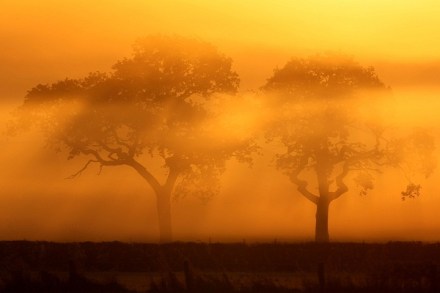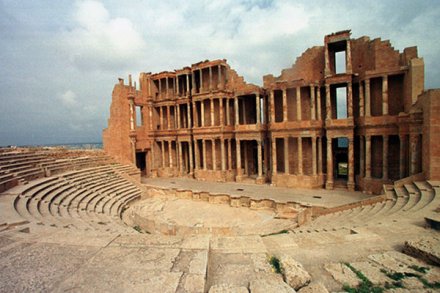What it’s like to escape from Colditz
Colditz: Here I am, stuck in the same ventilation shaft that Pat Reid used to escape through just over 70 years ago. It’s a tiny letterbox-shaped hole, about three feet in length, one of the few natural holes through the castle’s monstrously thick outer walls. Captain Pat Reid and his fellow escapers had to strip off naked in order to shimmy through. It’s a cold day and even unclothed I’m far too well-fed to get through the gap, though Steffi, our well-informed guide, tells us ‘two English boys managed it last year, though you have to go through on your back, otherwise your knees get stuck’. My own Colditz mania was

















